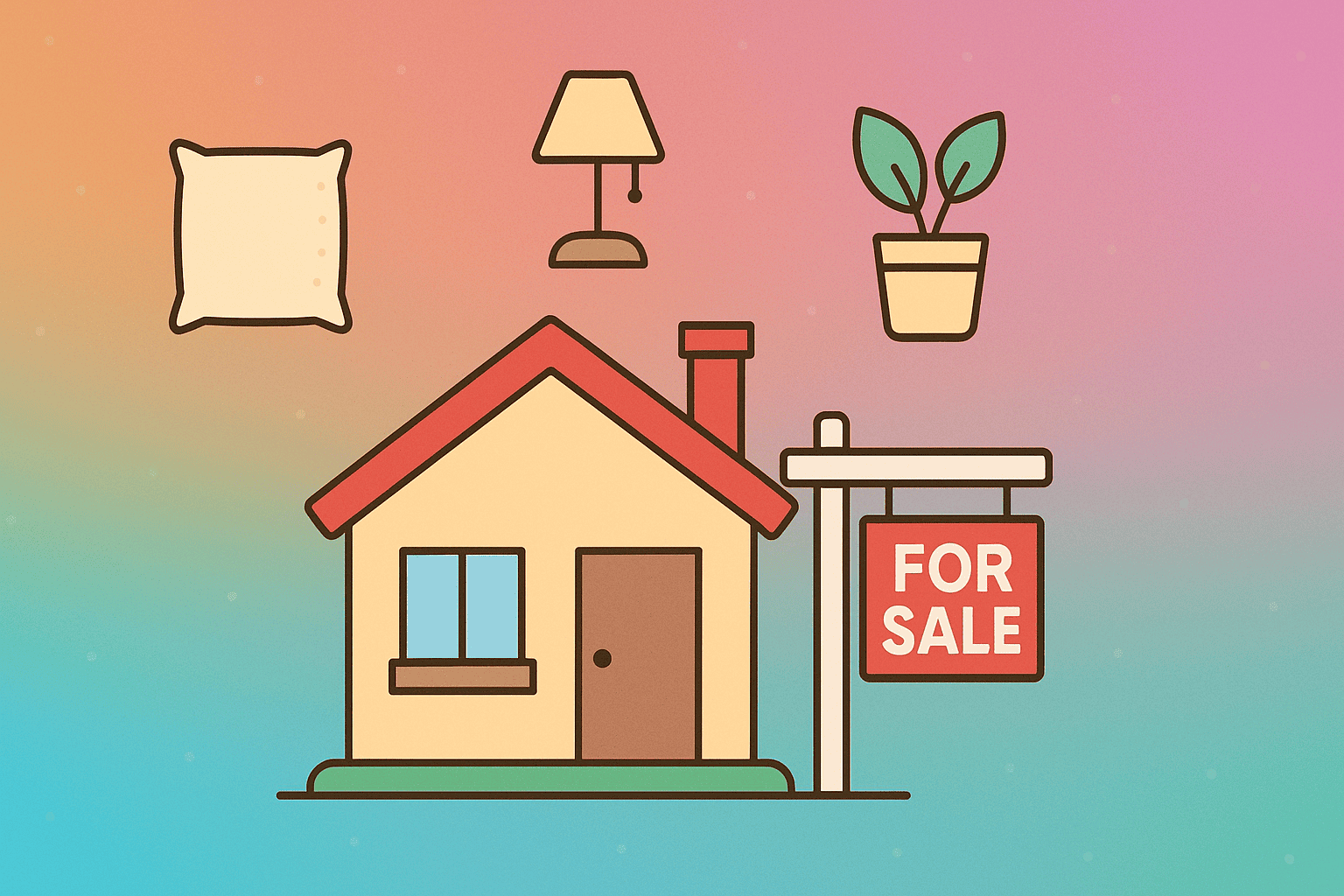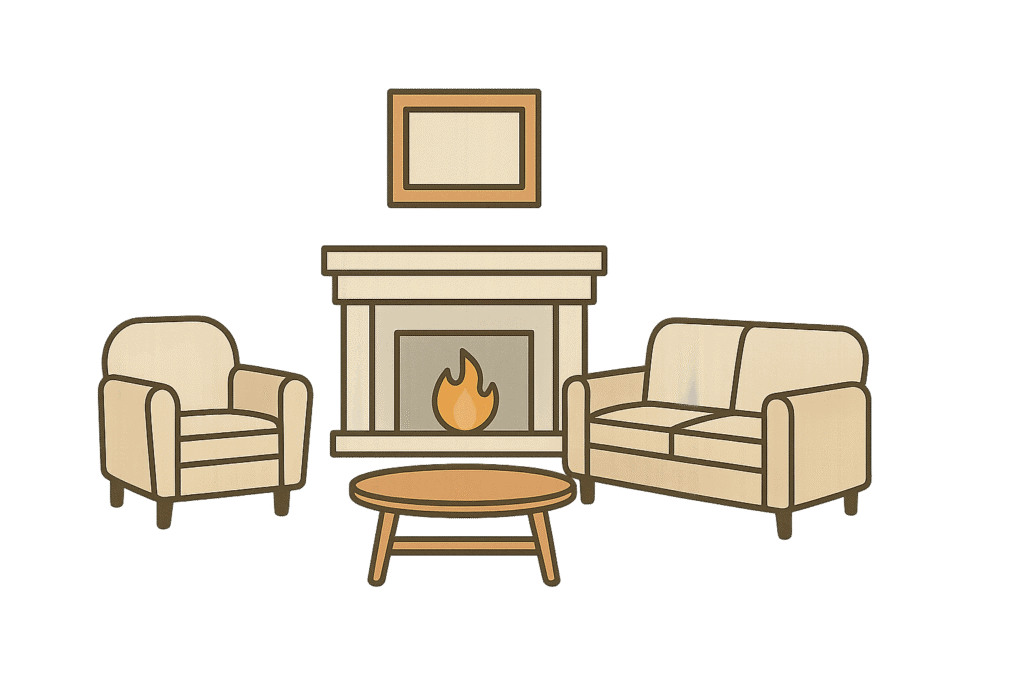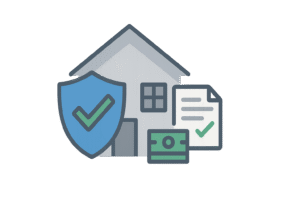Easy Home Staging Tips to Sell Your Home Faster
Selling a home can feel like a major project. However, by incorporating a few key home staging tips into the process, you could sell faster…

Selling a home can feel like a major project. However, by incorporating a few key home staging tips into the process, you could sell faster than you thought possible. In a competitive real estate market, some homes seem to sell in a snap, while others sit on the market for months.
The difference often comes down to one simple thing: home staging. Staging is the art of preparing your house to appeal to the widest range of potential buyers. When done right, it transforms your property from just another listing into someone’s future home.
Why Staging is Your First Step to a Faster Sale
Understanding the Psychology of Buyers
When people look for a new home, they make decisions with their hearts first and their heads second. Buyers form an opinion within seconds of walking through the front door. Their minds are evaluating whether the space could be their personal sanctuary.
A home that feels welcoming, clean, and spacious allows visitors to imagine their own lives and memories being made there. By removing personal items and clutter, you create a blank slate. This helps buyers connect emotionally with the space, which is what truly drives a sale.
The Proven Benefits of Home Staging
Staging isn’t just a trend; it’s a powerful marketing strategy backed by data. The National Association of Realtors (NAR) has consistently shown that staged homes sell faster and for a higher price. Here are the three main benefits of incorporating viable home staging tips.
Sell for a Higher Price
Well-staged homes can sell for 1-10% more than homes that haven’t been staged. This is because staging helps buyers see each room’s full potential. When a space feels larger, brighter, and more functional, buyers are willing to pay a premium.
Attract a Larger Pool of Buyers
Staging appeals to a broader demographic of home buyers. Your personal style might not be for everyone, but a neutral, clean design speaks to a wider audience. The goal is to create an inviting atmosphere that doesn’t alienate anyone based on personal taste.
Reduce Time on the Market
The average staged home sells 73% faster than an unstaged one. This speed benefits sellers by reducing the time they have to pay for a mortgage, utilities, and other carrying costs. Staged homes often receive multiple offers within the first week, while similar unstaged properties might sit for months.
The Initial Staging Process: Getting the Foundation Right
Decluttering and Deep Cleaning
Before you add any new decor, you must create a clean and organized foundation. This step requires the most effort but delivers the biggest impact on how buyers perceive your space.
| Task | Action | Purpose |
|---|---|---|
| Remove Personal Items | Pack away photos, religious items, posters | Avoid distractions, make buyers feel at home |
| Create Clutter-Free Space | Clear surfaces, remove excess furniture | Show clear purpose, make spaces feel larger |
| Deep Clean | Scrub baseboards, wash windows, steam carpets | Highlight maintenance, appeal in key rooms |
Creating a Blank Slate with Neutral Tones
Color has a big effect on how people feel in a room. While you might love bold accent walls, they could be preventing buyers from connecting emotionally with your home.
- Choose the Right Colors: Neutral tones like warm whites, soft grays, and gentle beiges create a sophisticated backdrop. These colors make rooms feel larger and brighter. They also photograph well for online listings, where most buyers first see your home.
- Use Paint Strategically: If your budget is tight, focus on painting the main walls that buyers see first when entering a room.
- Add Subtle Warmth: Use textiles like throw pillows, area rugs, and curtains in neutral colors to provide visual interest without overwhelming the space.
Optimizing Lighting and Atmosphere
Lighting can make your home feel bright and welcoming or dark and dated. Since you can’t control the weather during showings, you need to maximize every light source.
- Maximize Natural Light: Clean windows inside and out. Remove heavy drapes or replace them with light-filtering options that can be fully opened. Trim any outdoor vegetation that blocks light.
- Update Fixtures: Replace outdated light fixtures with modern, energy-efficient options. This simple update signals to buyers that the home is well-maintained. During showings, turn on every light in the house, even during the day.
- Add Greenery: Fresh flowers and plants add life and color. They also provide a subtle, pleasant scent that contributes to a positive first impression.
Mastering Curb Appeal: From the Street to the Front Door
Making First Impressions Matter

Your home’s exterior creates the first impression for every potential buyer. Before they even step inside, they have already started forming opinions about the property’s value and maintenance.
- Assess the View from the Street: Walk across the street and look at your home with a critical eye. Take photos to reveal issues you might overlook.
- Address Obvious Problems: Fix peeling paint, trim overgrown landscaping, and repair broken fixtures. These issues signal potential maintenance problems to buyers.
- Make the Front Door Inviting: A fresh coat of paint in a classic color can transform the entire facade. Add a new doormat and polish hardware. These small details are the last thing buyers see before entering and the first they notice when leaving.
Simple Updates for Outdoor Spaces
Small updates to your outdoor areas can make a big difference.
- Power Wash Everything: Power wash sidewalks, driveways, and exterior walls. This one step can make your home look years newer.
- Add Fresh Mulch: New mulch in planting beds provides an instant update that makes landscaping look professionally maintained.
- Ensure Proper Lighting: Replace missing or broken outdoor light bulbs. Consider upgrading to LED options for better illumination.
When buyers approach a home with excellent curb appeal, they enter with a positive mindset. This carries through the entire showing, making them more likely to overlook minor interior flaws.
The Key Rooms: Staging for Maximum Impact
Living Room: The Central Gathering Space

The living room needs to showcase comfort and functionality.
- Arrange Furniture for Flow: Remove excess furniture to create clear pathways through the room.
- Define the Room’s Purpose: Every room needs a focal point, like a fireplace or large window. Arrange furniture to highlight this feature. Avoid pushing all furniture against the walls.
Primary Bedroom: A Relaxing Sanctuary
The primary bedroom should feel like a peaceful retreat.
- Create a Hotel-Like Vibe: Remove all personal items from nightstands and dressers. Invest in quality, neutral-colored bedding. Crisp white or soft gray linens can make a bedroom feel luxurious.
- Make the Bed Look Perfect: Make beds with “hospital corners” and arrange pillows symmetrically. The bed should look inviting and comfortable.
Dining Room & Home Office
- Staging the Dining Room: A dining room should communicate its purpose clearly. Use a simple centerpiece and appropriately sized furniture.
- The Importance of a Home Office: With more people working from home, a dedicated office space is a major selling point. If you have a spare room, stage it with a simple desk and chair.
Addressing the Rest of the Home
Kitchen and Bathrooms
These rooms significantly impact a buyer’s decision. Focus on making them appear clean and well-maintained.
- Showcase Key Features: If you have beautiful hardwood floors, make sure they are polished.
- Make Simple Updates: Replace worn cabinet hardware, update faucets, and ensure all appliances are spotless. Add fresh towels in bathrooms and remove personal toiletries.
Maximizing Storage Space
- Use a Storage Unit: Temporarily removing extra belongings can make your home feel much larger.
- Organize Closets: Buyers will open closets. Ensure every storage space is organized and only half-full. This shows off the home’s storage capacity. Use matching hangers and organize clothes neatly.
The Professionals: When to Hire a Stager
While many tasks can be done yourself, a professional stager can provide valuable expertise.
- Real Estate Agent vs. Stager: Real estate agents understand market trends, while professional stagers specialize in creating environments that appeal to a buyer’s emotions. They have complementary but distinct skill sets.
- Finding a Professional: Look for stagers certified by organizations like the International Association of Home Staging Professionals (IAHSP) or the Real Estate Staging Association (RESA). These groups provide training and maintain directories of qualified professionals.
Pros and Cons of Virtual Staging
Virtual staging uses technology to digitally add furniture to photos of empty rooms.
- Pros: It costs less than physical staging and can make an empty house look inviting online.
- Cons: Buyers may feel misled when they visit the property and find it empty. Virtual staging is less effective during in-person showings. It’s best suited for properties that will stay vacant.
Common Staging Mistakes to Avoid
Under-Staging vs. Over-Staging
Finding the right balance is key.
| Mistake | Issue | Impact |
|---|---|---|
| Under-staging | Sparse or empty rooms | Rooms feel smaller, less inviting |
| Over-staging | Overly perfect setup | Feels like showroom, intimidates buyers |
| Neglecting Details | Burned-out bulbs, dirty plates | Suggests lack of care, poor impression |
Neglecting Small Details
Final details can make or break the overall impression.
- The pre-showing checklist: Burned-out light bulbs, dirty switch plates, or wilted flowers suggest a lack of care. Create a checklist to ensure everything is in perfect order before a showing.
- Final Touches: Before any open house, walk through your home as if seeing it for the first time. Turn on all lights, open blinds, and add fresh flowers.
Final Takeaways for Home Sellers
Staging is an Investment
Staging isn’t just about decorating for your own enjoyment; it’s a marketing strategy. The investment, whether it’s for DIY supplies or a professional stager, typically returns several times its cost through a higher sale price and reduced carrying costs.
Most sellers see a return of 300-600% on their staging investment. This means spending $2,000 on staging might increase your sale price by $6,000 to $12,000. It also saves you money on mortgage payments and utilities by helping the house sell faster.
The Final Walk-Through
Before any showing, walk through your home one last time. Turn on all lights, open curtains, and ensure every room feels fresh and inviting. A well-staged home not only sells faster and for more money but also attracts multiple offers, giving you negotiating power.
The investment in proper home staging tips is an investment in your financial future and peace of mind during the selling process.





